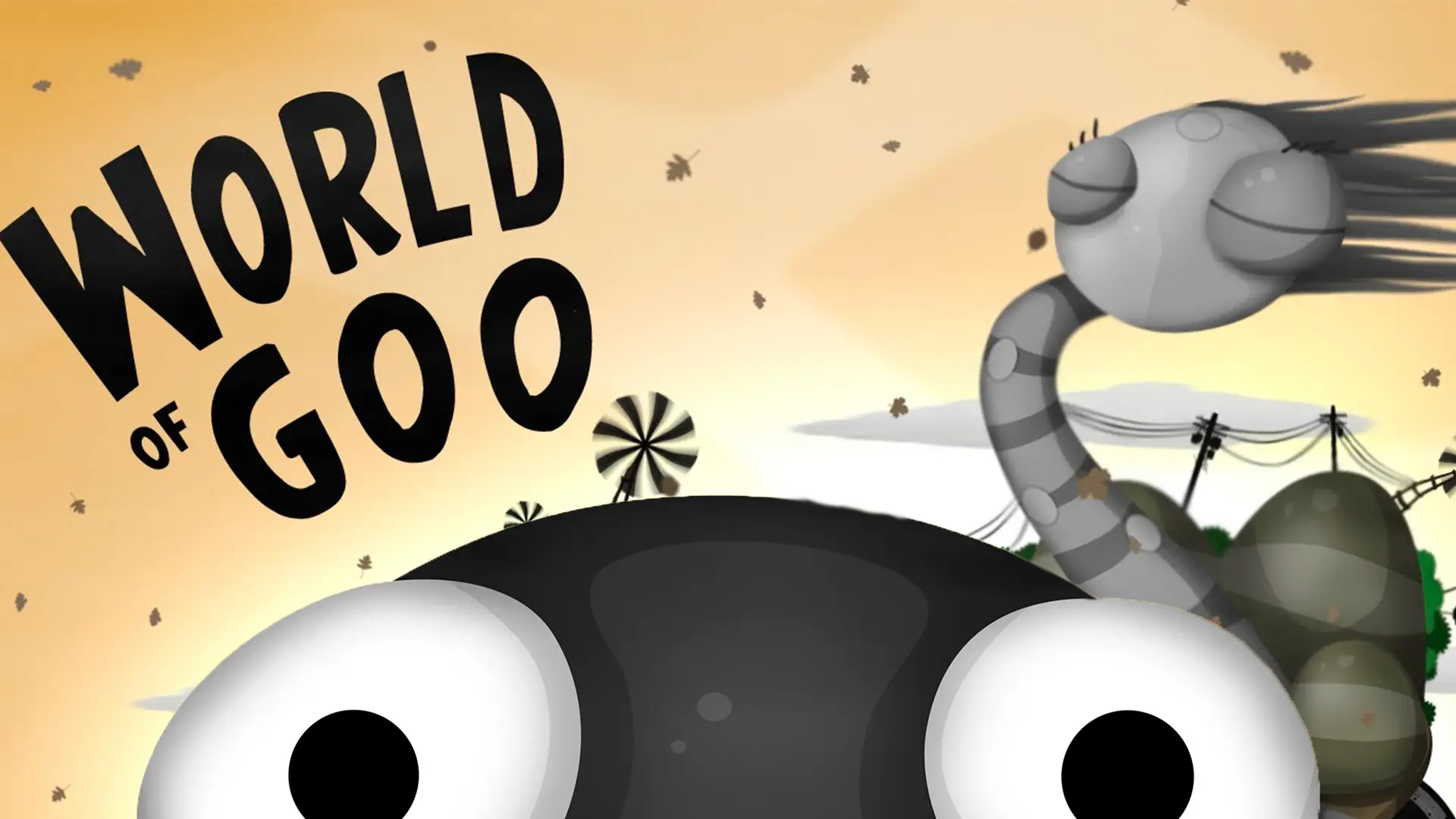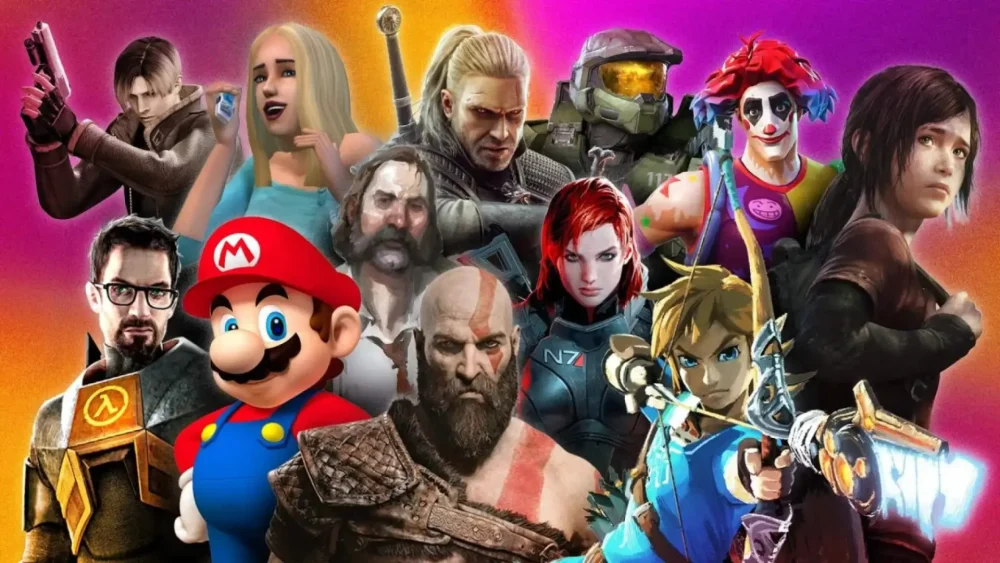The formation of an entire gaming era began with a simple character in a red cap. Since then, the franchise has expanded its boundaries, becoming a cultural code of a generation. What characters are involved in building the world of Mario games today? There are many characters, each with a specific function: setting the rhythm, shaping the mechanics, and enhancing the drama. The visual style, behavior, and in-game capabilities of the characters create a unique gameplay palette. The cast of characters in the Super Mario series has evolved alongside the industry. It took decades to go from humble pixel models to full-fledged 3D characters with animation, depth, and history.
Central cast and minor stars
 The list of heroes formed the backbone of the series and defined its style. Each character plays a unique role, both in gameplay and in the story.
The list of heroes formed the backbone of the series and defined its style. Each character plays a unique role, both in gameplay and in the story.
Origins: The Creation of the Mario character
The hero with a red cap and a pixel-covered uniform debuted in 1981 in the arcade game Donkey Kong. At that time, he was known as Jumpman and played the role of a simple carpenter. Two years later, the character was renamed Mario. Game designer Shigeru Miyamoto was inspired by the appearance of a homeowner from the Nintendo of America office and added a mustache to overcome the limitations of pixel graphics. This led to the creation of the character who would later become a symbol of the company and one of the most recognizable figures in video game history.
Luigi: a secondary character with the potential to become a main character
The twin brother often plays the role of a sidekick. He is taller, jumps further, but slides when he lands. Luigi has received his own games, including Luigi’s Mansion and its sequels. The character is less bold but more human, which sets him apart from the rest of the family. In the Mario & Luigi series, it is Luigi who displays a comedic and vulnerable temperament, adding an emotional depth to the characters.
Princess Peach: Symbol of the Kingdom and Targeted Protection
What character is sure to appear in every Mario game plot is, of course, Princess Peach. Her kidnappings trigger conflicts, but at the same time, the heroine actively participates in battles and sports events. In Super Princess Peach, the character saves Mario on her own using the power of emotions. The mechanics are based on changing moods – from anger to joy, which changes abilities. The image of the princess has long gone beyond the archetype of a “girl in trouble”.
Princess Daisy: An Alternative Look at Female Heroines
The character debuted in Super Mario Land. More energetic and independent than Peach, Daisy has a distinct personality and visual style. She is often featured in sports and racing games. Her visual style incorporates orange and yellow tones.
Yoshi: a riding dinosaur and a full-fledged hero
Yoshi first appeared in Super Mario World and immediately became a fan favorite. He can swallow enemies, lay eggs, and perform long jumps. His popularity led to the creation of the Yoshi’s Island series, which features unique mechanics and an art style reminiscent of chalk drawings. Yoshi also often accompanies Mario in sports, racing, and role-playing games, where he plays a supporting yet important role.
Rosalina: the cosmic patroness
Rosalina appeared in Super Mario Galaxy as the guardian of Luma and the space observatory. She is known for her calm demeanor, philosophical approach, and mysterious nature. In Galaxy, Rosalina tells her story through a book, one of the few instances of in-depth lore in the series. She also participates in sports and racing collections, possessing magical abilities and smooth animations.
Toad and Toadette: Residents of the Mushroom Kingdom
Toad plays the role of an assistant, a merchant, a racer, and an athlete. His features include a high-pitched voice, short stature, and an endless devotion to Peach. In Captain Toad: Treasure Tracker, the character received his own series with a focus on puzzles and 3D navigation without jumping. Toadette first appeared in Mario Kart: Double Dash!! and has since been featured in most spin-offs. The developers added her to New Super Mario Bros. U Deluxe with the ability to transform into Peachette when using the crown.
Birdo (Birdo): a mysterious character
Birdo was originally considered an antagonist in Super Mario Bros. 2, but she quickly became part of the positive cast. Her distinctive features include her pink coloration, a bow on her head, and the ability to shoot eggs from her mouth. Which character in the Mario game is known for its gender ambiguity? Birdo has become a significant figure in discussions about inclusion within Nintendo.
Polina: Mario’s first lady
Before Peach, there was Polina, the heroine of the original Donkey Kong. In the modern interpretation, she appears in Super Mario Odyssey as the mayor of New Donk City. Polina performs the song “Jump Up, Super Star!”, which has become the game’s theme song. Polina’s character highlights the evolution of female protagonists from classic rescue objects to political and cultural leaders.
Donkey Kong and Diddy Kong: From Enemies to Allies
Donkey Kong began his career as an antagonist in Donkey Kong, but later gained the status of an independent hero. The character embodies strength, determination, and an animalistic excitement. In the Donkey Kong Country series of platformers, he uses jumps, punches, and environmental interactions to overcome obstacles. He is often accompanied by Diddy Kong, a lightning-fast companion with a banana flask and a signature cap.
Vario: Greed as a Gameplay Mechanic
An antihero with a loud laugh and an obsessive desire for gold. Wario debuted in Super Mario Land 2: 6 Golden Coins as a boss, but quickly became a charismatic figure. The Wario Land and WarioWare series present the character through the lens of greed and madness. The games often experiment with visual presentation, rhythm, and genres. Wario participates in races, tennis, football, and parties. It features a rough style, heavy physics, and atypical animation.
Valuiji: a shadow in the shade
The image is exclusively created for sports projects. Which characters in the Mario game generate the most fan theories – Waluigi tops the list. His long limbs, dark style, and sarcastic behavior create an image of an outsider.
Bowser: a constant opponent
The main antagonist of the universe is a giant turtle-like monster with a fiery breath. Bowser embodies power, ambition, and a desire to conquer the Mushroom Kingdom. Depending on the game, he either acts as a traditional boss or as a full-fledged participant in the events. Super Mario RPG and Paper Mario delve deeper into his character, showcasing humor and even self-deprecation.
Bowser Jr.: The Young Heir
The character appeared in Super Mario Sunshine as a younger villain with the illusion that Peach is his mother. The plot of this game added drama and depth to the conflict. Younger Bowser often acts cunningly and inventively. He uses mechanisms, flying machines, and imitations to confuse the characters. In the latest games, the character actively participates in cooperations with or against his father, depending on the gameplay logic.
Boo: A ghost with a complex
Boo is a small white ghost with shyness: it turns its back if you look at it. It first appeared in Super Mario Bros. 3 and has since become a classic element of horror scenes in platformers. Boo often appears in logic levels, puzzles, and light sessions. Larger versions, such as King Boo, play an important role in the Luigi’s Mansion series.
Conclusion
 Nintendo has built an empire around recognizable characters. Which characters appear in each new Mario game? The ones that contribute to the development of the series. These characters not only adorn the screen, but also influence the mechanics, stories, and emotions of the players. This is the secret behind the longevity of the collection: it’s not about the graphics or the storyline, but rather about the unique and well-crafted characters, their interactions, and their contributions to the overall gameplay.
Nintendo has built an empire around recognizable characters. Which characters appear in each new Mario game? The ones that contribute to the development of the series. These characters not only adorn the screen, but also influence the mechanics, stories, and emotions of the players. This is the secret behind the longevity of the collection: it’s not about the graphics or the storyline, but rather about the unique and well-crafted characters, their interactions, and their contributions to the overall gameplay.
 en
en  ru
ru  de
de  ar
ar  es
es  nl
nl  hi
hi  fr
fr  it
it  pt
pt  el
el 



